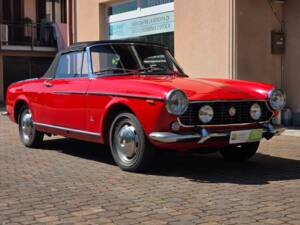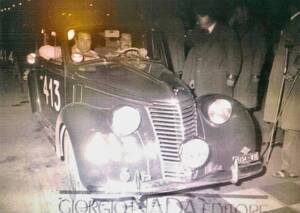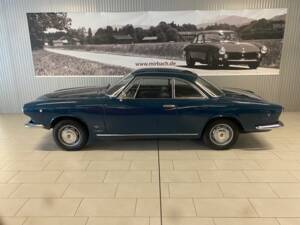FIAT 1500 Classic Cars for Sale
From groundbreaking aerodynamic design to bespoke coachbuilt variants, the FIAT 1500 series embodies technical evolution, engineering innovation and historic motorsport spirit. Configurable as saloon, cabriolet or rare estate, the FIAT 1500 reveals a narrative as diverse as automotive Italy itself.
Search results
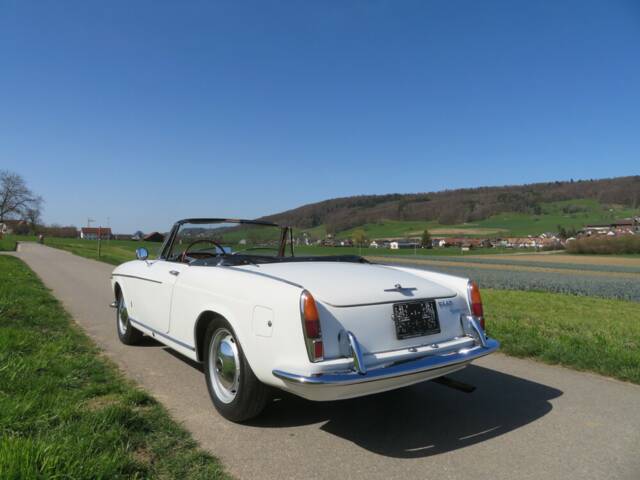
1960 | FIAT 1500 S
Sehr exklusives Cabriolet - MFK 2023 Veteran!
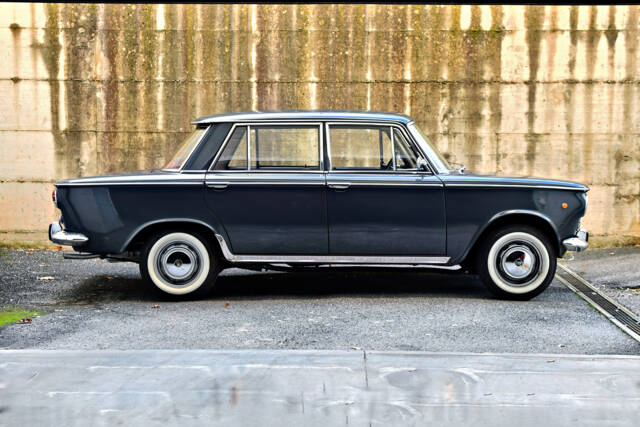
1965 | FIAT 1500 C
Fiat 1500 Berlina / Sedan


1948 | FIAT 1500 D
Ex Mille Miglia car 1949 & 1950
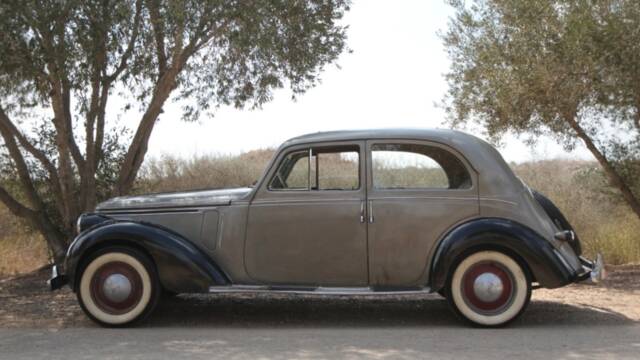
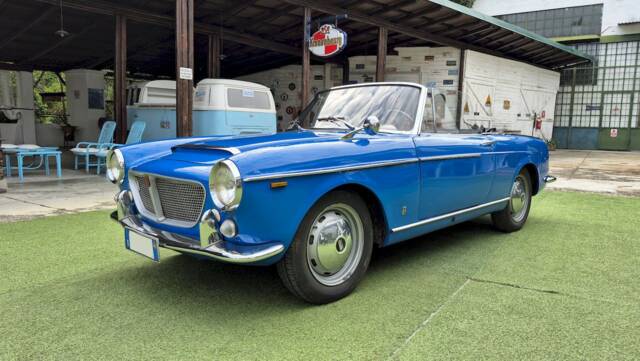
1960 | FIAT 1500 S
FIAT 1500 S Osca Cabriolet – 1960
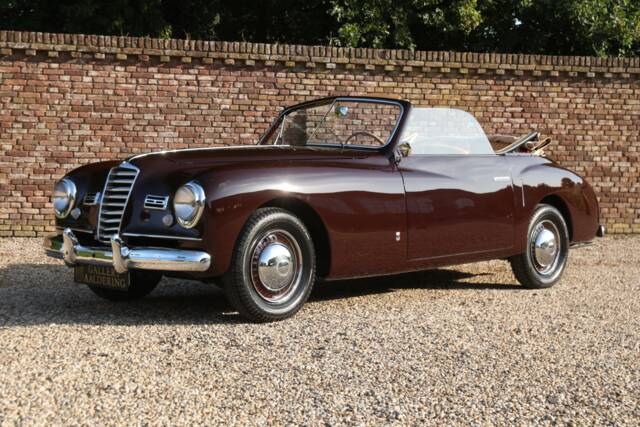
1949 | FIAT 1500 D
Fiat 1500D Convertible "Stabilimenti Farina" Unique design by Stabilimenti Farina, Subjected to a complete restoration and rebuild - Found in a barn in 1993, Only four other Fiats known with similar bodywork, A Fiat with a unique and sincere story- but also plenty to discover, Supported by previously sourced documents and photos,

1966 | FIAT 1500
Fiat 1500 cabriolet

1963 | FIAT 1500 Alemanno
1500 Allemano, sehr seltenes Sammlerstück!
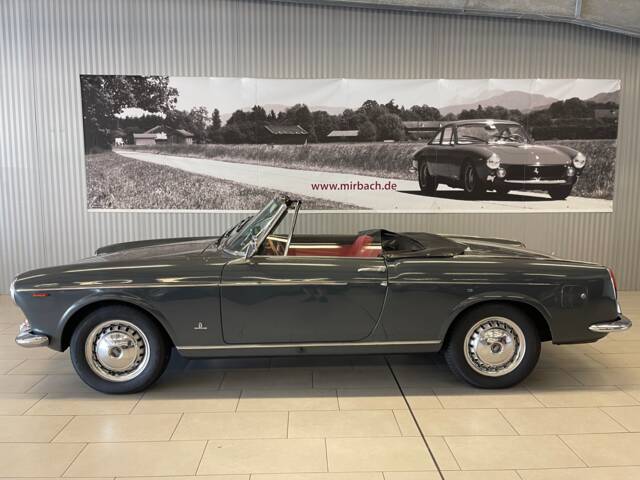
1965 | FIAT 1500
1500 Pininfarina Cabriolet
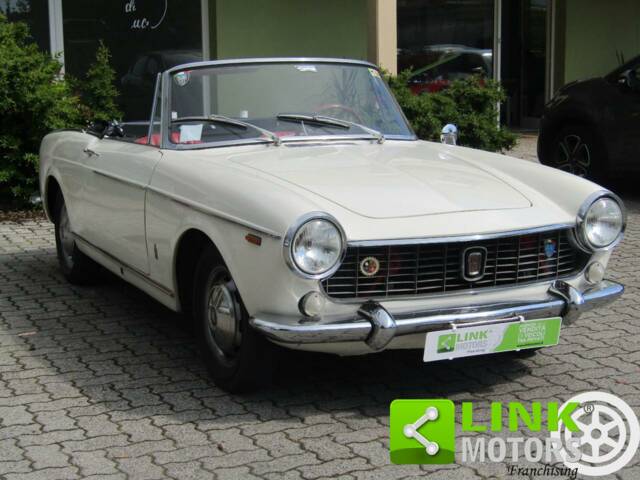
1963 | FIAT 1500
FIAT 1500 Cabriolet 118H CRS-REGISTRO FIAT
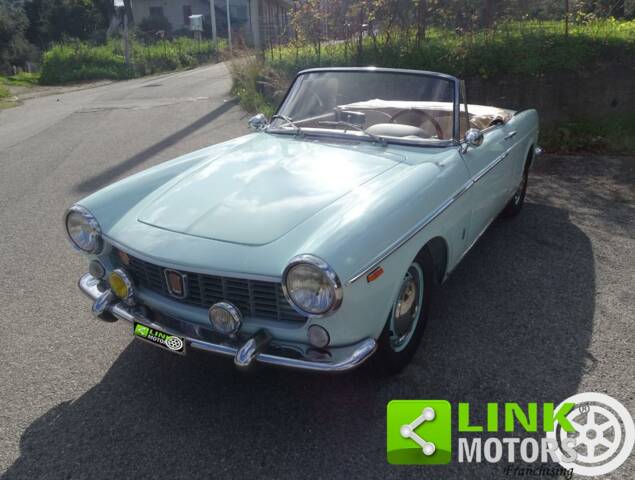
1963 | FIAT 1500
FIAT 1500 Cabrio
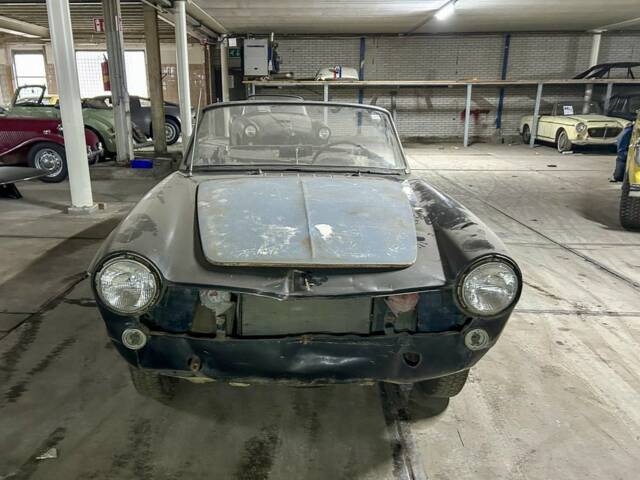
1964 | FIAT 1500
Fiat-1500 Spider no.30952
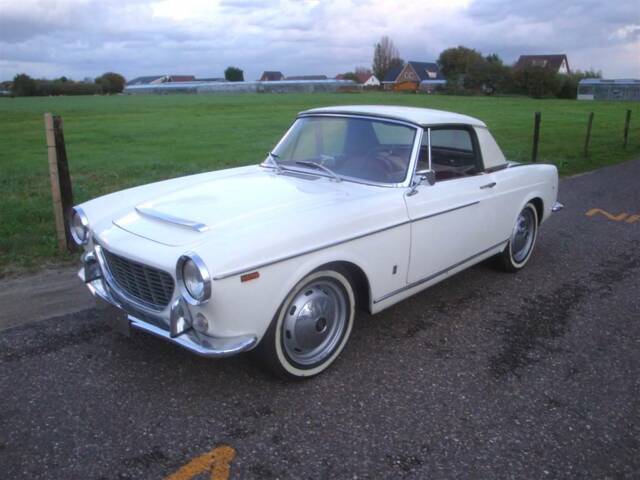
1960 | FIAT 1500
Fiat Osca-1500S spider 2942
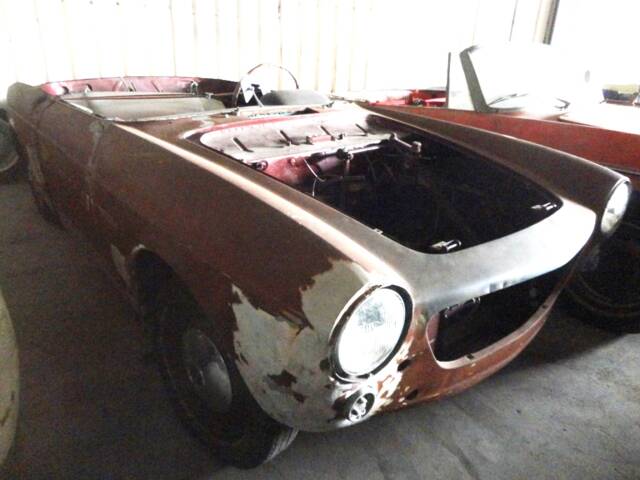
1960 | FIAT 1500 S
Fiat Osca-1500 S Spider to restore
History of the FIAT 1500
Launched in 1935, the FIAT 1500 introduced aerodynamic design innovations derived from the American Chrysler Airflow, transforming the Italian automotive landscape. Early models boasted a 1.5-litre straight-six (1493 cc, OHV) engine with around 45 hp and were available as two- or four-door saloon and as a convertible. Coachbuilders such as Carrozzeria Touring, Balbo, Stabilimenti Farina and later Pininfarina offered unique bodywork, including the light, patented Superleggera aluminium-over-frame construction. 1939’s 1500B improved braking, and the 1940 1500C adopted restyling cues from the flagship Fiat 2800. After a wartime production halt, the 1948 1500D upgraded to 47 hp and introduced new steering and suspension, while the final 1949 1500E featured a column gearshift and discreetly integrated the spare wheel design. The 1500 lineage marks a chapter of Italian social history, being a postwar status symbol and lining up for historic events like the Mille Miglia, Targa Florio, Giro di Sicilia and prestigious concours worldwide.
Model History of the FIAT 1500
The FIAT 1500 series evolved across several decades and body styles. The pre- and postwar models, each introducing technical and stylistic updates, culminated in the 1500E before being succeeded by the all-new FIAT 1400 in 1950. The model saw new life in 1961 as a modern saloon—part of the Italian ‘Corvair line’—alongside the 1300, with nearly identical bodies and advanced features: overhead-valve engines, hydraulically assisted disc brakes at the front, column-mounted gear changes, and more. Cabriolet and coupé versions styled by Pininfarina (and Spider variants in collaboration with OSCA) expanded the offering, as well as rarities like the Familiare estate and foreign-assembled Zastava and Neckar variants. The final generation 1500C introduced stronger engines (up to 75 hp), four headlights, revised dashboards and various safety enhancements. In 1967, the FIAT 1500 was succeeded by the FIAT 125.
Model Highlights & Popularity
Aerodynamic innovation, advanced engineering, and aesthetic diversity define this series. Early Touring-bodied Coupés demonstrated lightweight aluminium 'Superleggera' construction. Interiors across the series confronted customer demands, blending hand-crafted dashboards and lush leather upholstery. Later saloon and cabriolet models echo the design vocabulary of much more expensive contemporaries, such as the Ferrari 250 GT Cabriolet, with details like Nardi wooden steering wheels, wood or chromed trim, and OSCA-developed DOHC engines for the 1500 S. Factory choices included disc brakes, servo assistance, five-speed manual gearboxes and mohair convertible roofs.
Historically, the FIAT 1500 holds critical weight: participation in Mille Miglia, Targa Florio and major concours, as well as numerous period race victories, set the tone for accessible Italian luxury. Vehicles today commonly carry historic certification (ASI, FIVA, etc.), with many eligible for registration as historic vehicles.
Statistically, the FIAT 1500 dominates its series in Classic Trader’s listings, accounting for 100% of FIAT 1500 series offerings and receiving every single view for this model code among FIAT classics.
Technical Data
Special Editions and Collectible Models
- FIAT 1500 Cabriolet/Spider (Pininfarina): Famed for its elegant design and similarity to Ferrari models, available as 2+2 and two-seater with high-quality interior, mohair roof and chrome accents.
- FIAT 1500 S OSCA Cabriolet: Maserati-designed aluminium DOHC delivers around 90 hp; disc brakes on all wheels from 1960/61; particularly valued for its engine and motorsport legacy.
- Touring Superleggera Berlinetta: Lightweight aluminium and tubular frame, flowing lines, and individual dashboard commissions. Among the most exclusive and collectible.
- Familiare/Kombi (Estate): Very rare, true to the original layout and mechanics, now seldom seen in preservation.
- Siata 1500 TS: Siata-tuned variants pushing performance to around 94 bhp, sometimes with unique two-tone styling and coupé/fastback bodies by Micelotti or Neckar.
Weak Spots and Common Issues
Distinct technical complexity means thorough inspection is essential. Early OHV engines require attentive valve maintenance and regular lubrication. Superleggera-bodied cars are prone to corrosion, especially if protective measures are lacking; check beneath the aluminium panels for corrosion to the steel frame underneath. Classic hydraulic brake systems can need specialist attention, especially on cars with early drum brakes or servo assistance, and modern components for major rebuilds are not always available off-the-shelf. Convertible roofs (original mohair) can be costly to restore correctly. For unique Coachbuild editions, sourcing original fittings and interior materials can be challenging. As ever, paperwork confirming originality and event eligibility increases value and reliability.
Engine and Performance, Transmission and Handling
FIAT 1500s offered a range of performance levels, from the prewar straight-six delivering 45 hp (top speed c. 114 km/h) to later OHV engines with 75 hp, reaching up to 155–165 km/h in facelift models. Cabriolet and Spider versions, initially with 67 hp, improved to 75 hp and 5-speed manual transmissions by 1965. The 1500 S OSCA saw peak figures around 90 hp and disc brakes on all four corners, enhancing the model's sporting credentials. The structure borrowed from larger FIAT models produced commendably stable handling, while independent front suspension and hydraulic dampers made for a compliant ride. Manual gearboxes—floor or column shift depending on year—defined the period driving experience. Rarity, particularly for estate (Familiare) and Cabriolet OSCA models, is accentuated by their technical and event focus. - FIAT 1500 Cabriolet/Spider (Pininfarina): Desirable for top-down motoring and neuralgic design.
- FIAT 1500 S OSCA: Coveted for its high-revving, motorsport-derived four-cylinder.
- Touring Superleggera Coupé: Appreciated by concours participants and collectors alike for weight reduction and aesthetics.
- Familiare/Kombi (Typ 116.108): Highly original layout, seldom available.
- Siata 1500 TS: Performance-tuned and beautifully bodied by Siata and Micelotti.
Interior, Comfort, Exterior and Design
FIAT 1500 interiors were crafted with an eye for both function and luxury, especially on coachbuilt and special editions. Prewar Touring and Balbo variants used custom dashboards, often commissioned to order, while later cabriolets and spiders from Pininfarina brought full-leather upholstery, mohair soft-tops, and elegant dashboard trims in wood or chrome. Notable options included the Nardi wooden steering wheel, high-quality carpet, and genuine-pile seats. Distinctive features such as removable alloy wheels with detachable rims, OG honeycomb radiator grilles, and plexiglas side/rear screens (on some special bodies from the 1930s/40s) set the FIAT 1500 apart. Facelift details included quad headlights, revised rear lamps, and even under-flap fuel fillers. Paints ranged from classic pastels to vivid two-tone Siata commissions. Many later saloons adopted accoutrements from larger FIATs, e.g., modular dashboard layout, power-assist brakes, and advanced safety elements for their time.
Other Information
The 1500’s history includes assembly outside Italy, like the Zastava 1500 (Eastern Europe) and Neckar/Badenia in Germany, as well as the unrelated Spanish Seat 1500. Restoration projects are often eligible for major international classic rallies and concours such as Le Mans Classic, Villa d’Este, and Goodwood Revival. Many examples have received documentation from ASI, FIVA, or the Targa Oro, supporting historic authenticity and eligibility.
Summary
The FIAT 1500, spanning pre- and postwar decades, embodies Italian style, technical innovation, and historic motorsport tradition. From coachbuilt masterpieces to mass-produced saloons and spiders, the variety within the series is unmatched. Technical advancements—aluminium lightweight construction, high-revving OSCA engines, evolving brake and gearbox technology—meet elegant, distinctive designs worthy of the world’s top concours events. The series’ enduring recognition in listings and user engagement affirms its sustained appeal among classic car connoisseurs.


